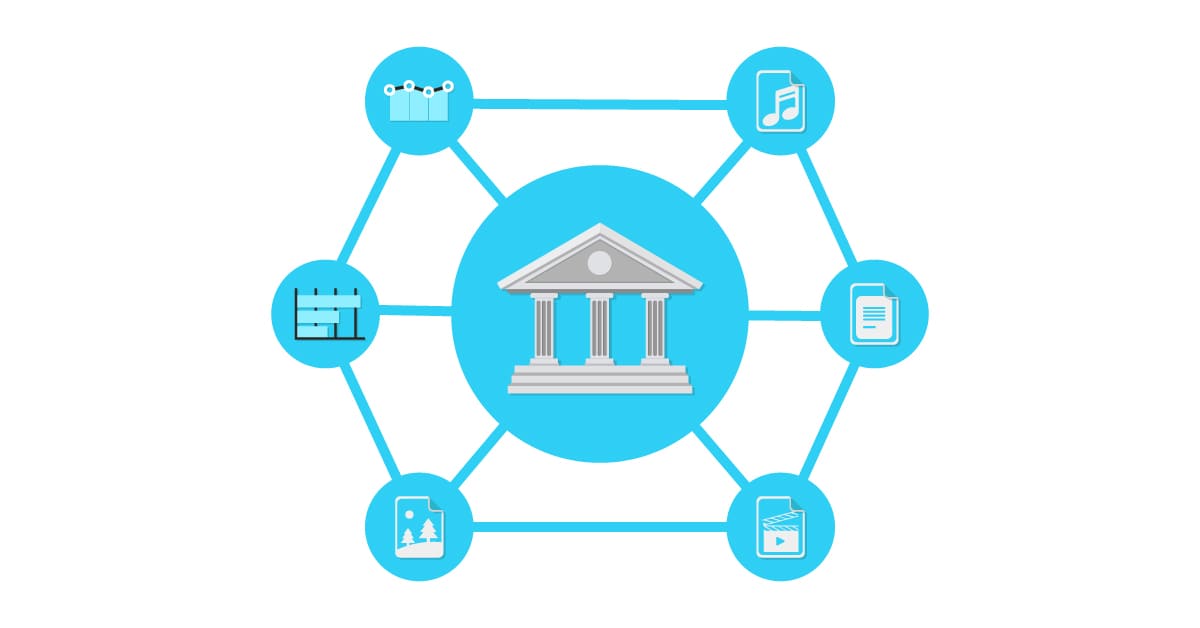How Big Data can help the banking sector regain the customer’s trust
-
3702
-
0
-
0
-
0
The banks are meant to be the stewards of the customers’ money, yet after the financial crisis of 2008 quite a few people don’t trust them. Here is how Big Data can help the banks regain the customer’s trust.
According to Edelman’s Trust Barometer survey of 2017 the US citizens in general begin to trust the banks more (60% growing 6% as compared to 54% back in 2016), mostly due to the introduction of multiple regulatory acts aimed at protecting the banking customers, and continuous issuance of multi-hundred million dollar fees on the trespassers and badly acting banks. The results seem positive, yet there is much room for improvement, as the results are only slightly above half.
On the other hand, fintech companies seem to enjoy somewhat higher levels of trust from their customers, 72% for mobile and 64% for blockchain startups respectively. This is most likely mainly due to the usage of modern technology, yet this is not the sole reason, nor is it the main one.
The main reason for higher levels of trust to fintech startups is their attitude towards the customers, transparency of operations and easiness of their product usage.
The banking sector could — and, actually, must — use the modern technology to show the customers the banks are after their best interests, not after own margins. Big Data can be used to do this in several ways.
Regaining the trust of the past customers using Big Data
The main customers of the banks are businesses and organizations that mostly require asset management, loan issuance, insurance services and credit portfolio management. Many banks have lost their customers to competitors due to the inadequate level of customer service, prolonged time frames of credit score evaluation and loan approval, etc. However, this might not be the end, as sometimes the competitor act no better and the customers are frustrated with their services.
Using the big data mining to improve the customer experience the banks can evaluate the current financial position of their past customers and determine if they are in need of the next round of investments. They can generate the risk assessment profile automatically and approach their potential customers with personalized offers made at the right moment. If the business can see that it’s valued, its needs are the priority and the offer is made with its best interests at heart, this can help regain their trust and reestablish the business relations.
Using Big Data for improved asset management
Many companies rely on stock trading as an important source of income, while many other specialize in asset management. The banks can do this too, and they can actually do this much better. As all the company personnel is usually served in one bank for the ease of billing, the bank’s Big Data analytics platform can have access to all the company employees spending patterns, credit scores, and ongoing financial transactions. This might be essential in discovering the best opportunities for asset management, offering hot-fix solutions in the time of crisis, or simply informing the company C-suite if there is any foul play with the company assets in place.
Another important aspect of this situation is that the banking institutions can provide personalized auxiliary services and financial products, like individual retirement accounts (IRA), 401(k) funds and other financial services based on Machine Learning.
Using Big Data to improve the banking services
The last but not the least important of the possible Big Data applications for improving the banking sector services and regaining the customer’s trust is collecting and analyzing the data on how the customers actually use the services. By performing an ongoing monitoring, collection and processing of the data of the location, time, longevity, and frequency of certain features usage, the banks can understand if their web or mobile applications meet the expectations of their customers and what can be done to improve the experience.
Good old surveys can do this too, of course, but let’s be honest — if you just wasted half an hour trying to book a ticket for an urgent business trip, would you be glad and calm to provide the explanations of the situation in a post-operation survey? Obviously, not. Instead, the use of Big Data analytics in banking helps to discover the patterns the customers follow while navigating the bank’s website or using the mobile app. Which sections and functions are clear and simple to use, and which areas need improvement. Based on this data, the banks can improve their websites and apps rapidly, thus shortening the feedback loops without even asking for feedback.
Doing it this way ensures the next time the customer processes their request they do not meet any troubles and their customer experience is positive. Continuous work in this direction helps build the brand loyalty and ensure the word-of-mouth advocacy, the most effective marketing strategy ever.
Final thoughts on how the use of Big Data can help the banks
All of this is possible only if the banks follow several simple rules, of course. The rules are pretty obvious, yet somehow they are not prioritized by the majority of the players in the banking industry.
- The customer always comes first. Clearly show the customers their financial well-being is the main purpose, not meeting the monthly income threshold.
- Personalize the offers. An offer made at the right moment is worth a hundred made at the wrong time. Spamming the customers with unneeded incentives is bad; offering them a helping hand in their time of need is a great deed.
- The banking services should conform to the fast-paced needs and ways of the modern customers. The operations workflow should be convenient, mobile banking apps should be intuitive and informative, and the overall user experience should be positive.
What if the banking industry does not accept these principles and continues to concentrate on their margins, instead of putting the customer’s best interests first? Well… there are a plenty of startups and fintech businesses that will gladly receive the frustrated customers, and the banks will have to either transform or perish.
What are your thoughts on the matter? Do you think Big Data can help the banks regain the customer’s trust? And, most importantly, will the banks do what is needed? Please share your opinion in the comments below!




